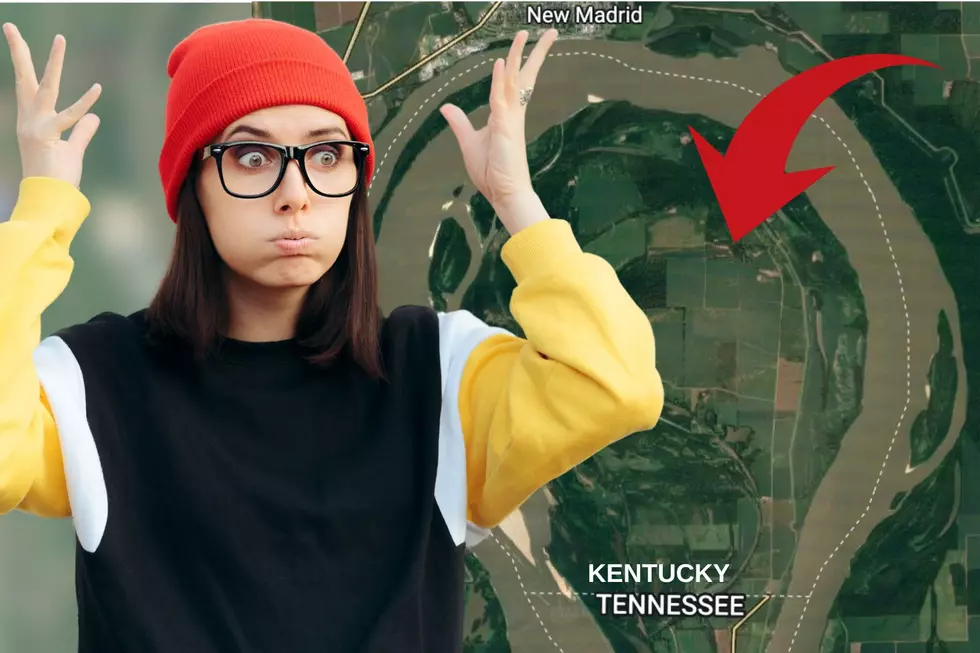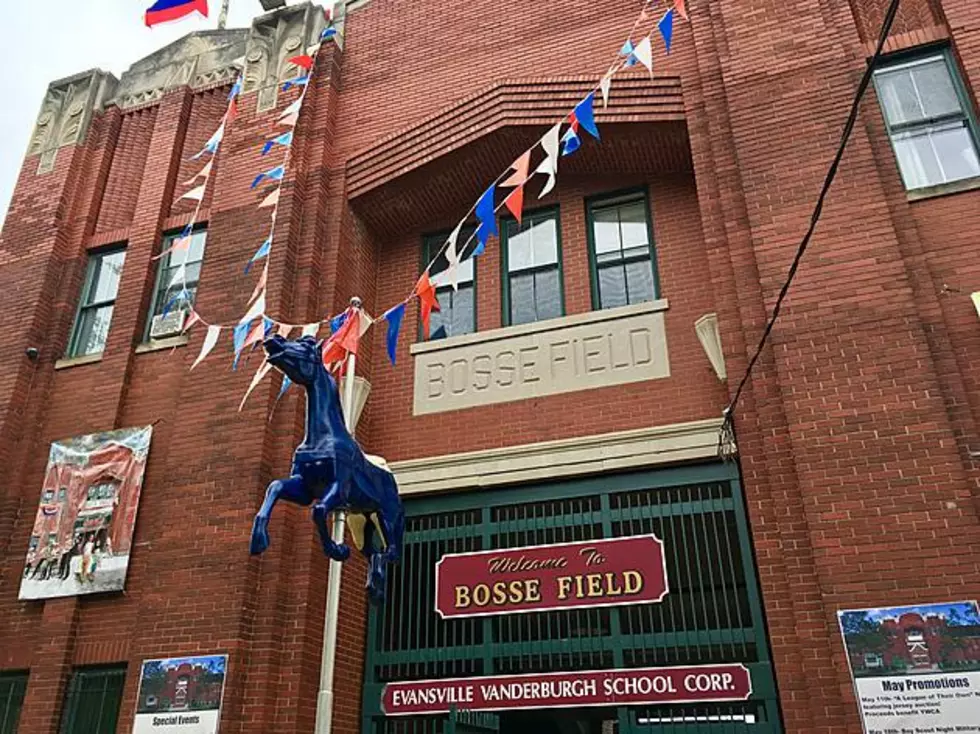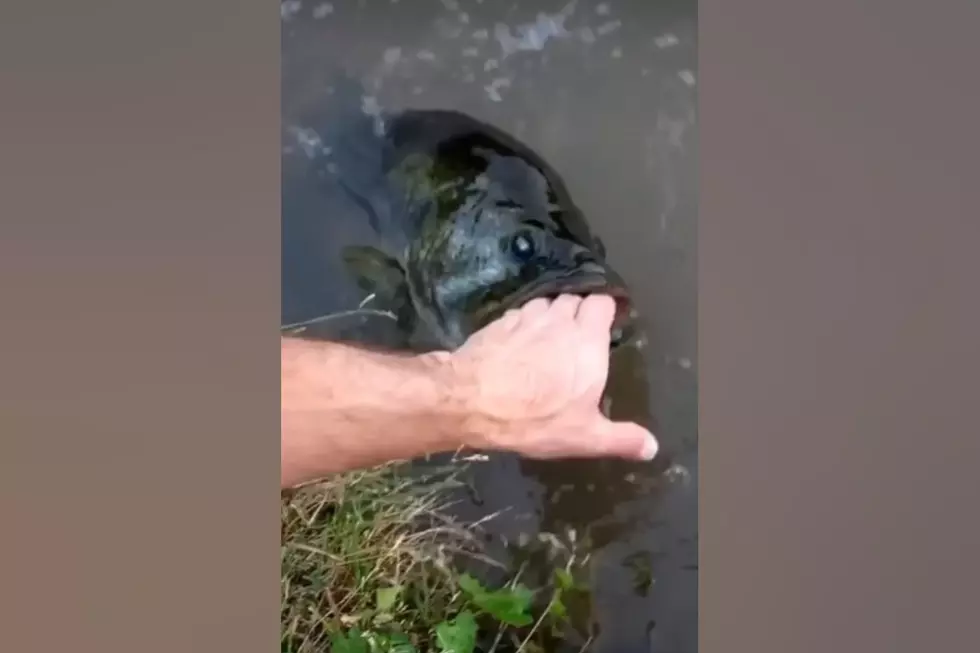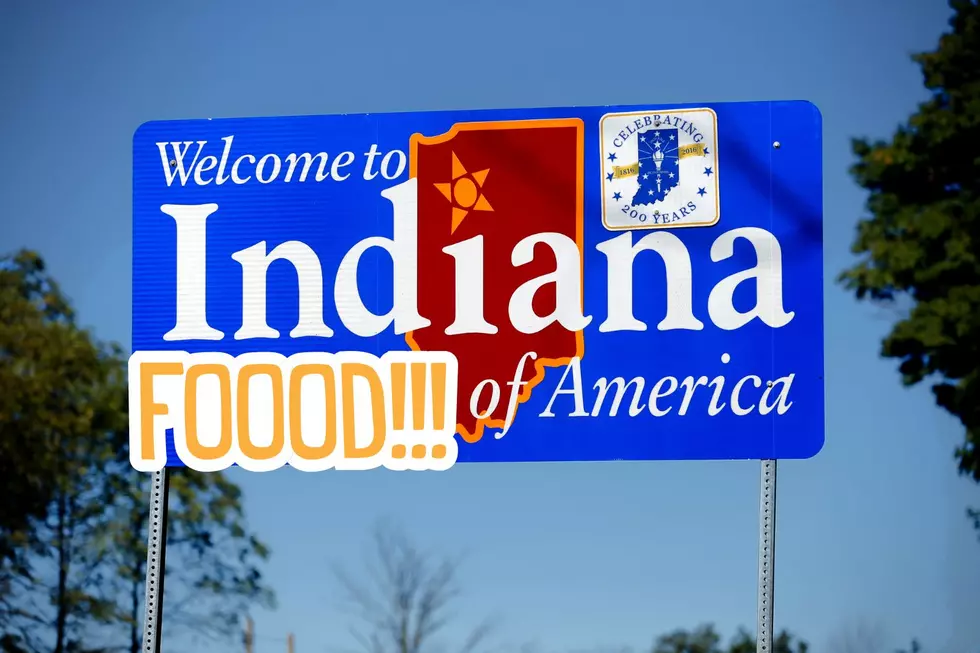
Small Piece of KY Land is Totally Separate From the Rest of the State and Few People Even Know About It
Sometimes what we see around us, isn't always the way it has always been. The landscape of the cities we live in is constantly changing. As one building is demolished, another goes up in its place. Even the countryside we drive by every day on our way into town changes all the time as our population expands outward to rural areas.

Recent changes in the Tristate landscape
For instance, take Evansville, the Ford Center being built in the center of the downtown entirely changed the look of the city. Similarly, the former Old National Bank Building being imploded in November 2021 changed the city's skyline.
Closer to home, for me, last year we had a family move in across the street from us. I know that is not necessarily unusual except for the fact that no one has ever lived there before. Our house used to belong to my husband's grandparents. The land across the street from our house has always been farmland. A beautiful ridge of crops, woods, and pond. But, now it looks a lot different.
Historical natural changes to the Tristate landscape
Years ago, a coworker mentioned this natural event to me. The event that changed the Tristate landscape in an incredible way, was a massive earthquake. An earthquake happened in the early 1800s that changed the course of the Ohio River.
According to digital.evpl.org,
The Ohio River was the border for state lines when Kentucky became a state in 1792, but it is said that the course of the river later diverted south due to the New Madrid fault earthquake in 1812, leaving that small chunk of Kentucky north of the Ohio.
The New Madrid fault earthquake separated parts of Kentucky
Aside from the Ohio River changing course near Henderson, Ky, an interesting thing happened to a part of Kentucky that few people, today, know about. The New Madrid Fault quake dammed the Mississippi, River and affected a remote area near the Kentucky and Tennessee border.
Kentuckytourism.com explains it like this,
In the early 1800s, an uplift of a fault running right through what is now Kentucky Bend dammed the Mississippi River in two places, causing river waterfalls and rapids with a 30-foot drop. Eyewitness accounts reported the river flowing backward, saying they had to "hold onto their hats" while their riverboats shot upstream, capsizing while trees buckled into the river all around them. Islands were formed and demolished, log jams shot downstream, and a giant hole opened, soon to be filled with water and now called Reelfoot Lake. Church bells in Boston rang, and the nearby town of New Madrid sank 12 feet and was submerged, the course of the river permanently altered through the town.
This sparse and serene landscape is as remote as an island, and to get here you have to mean it. "Kentucky Bend," or “New Madrid Bend,” is encircled on the north, east, and west by a snaking hairpin turn of the Mississippi River, while the southern portion is joined to the state of Tennessee. It’s literally an exclave of Kentucky, 30 square miles of land completely cut off from the rest of the state, all formed by a combination of surveyor mishaps and raging earthquakes.
Why is the Kentucky Bend peninsula part of Kentucky and not Tennessee or Missouri?
With a population of, at the 2010 census, of eighteen people, a mailing address that reads Tiptonville TN, and the larger city hub being in Missouri, it doesn't make sense it was it's a part of Kentucky.
So why is it?
The western border of Kentucky is designated as the Mississippi River, as is the eastern border of Missouri—thus the creation of a "notch" for Kentucky, but not for Tennessee.
Kentucky Bend is a truly unique place. Many visit the peninsula to hike and explore this part of the Midwest and New Madrid Fault history.
LOOK: What are the odds that these 50 totally random events will happen to you?
KEEP READING: Get answers to 51 of the most frequently asked weather questions...
More From WGBFAM









